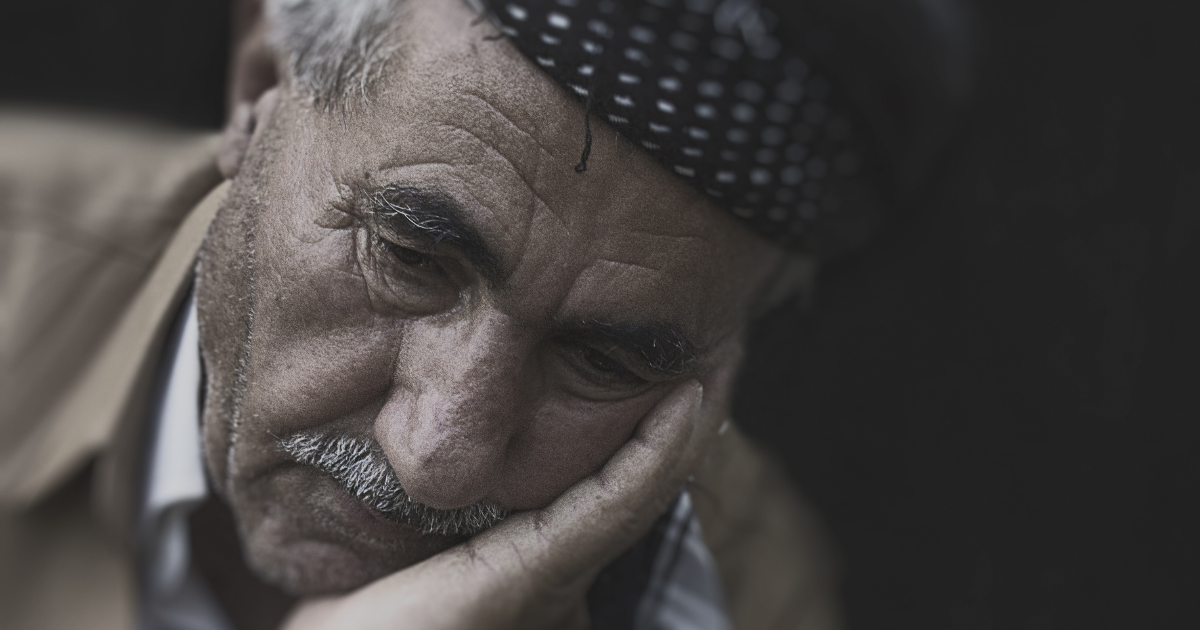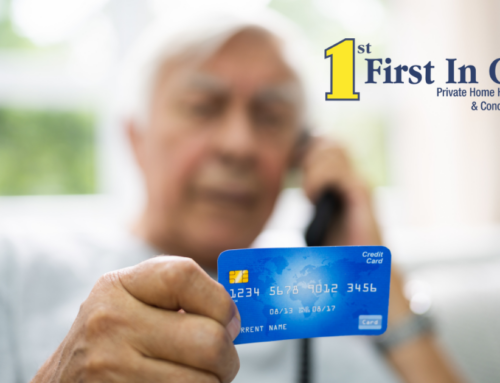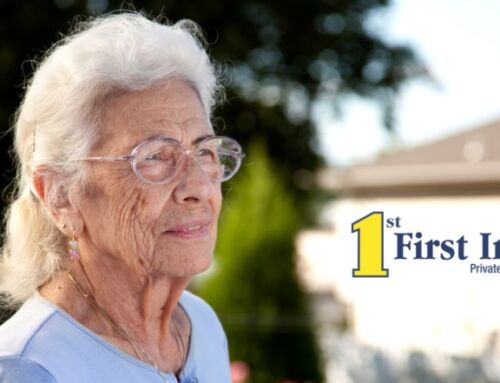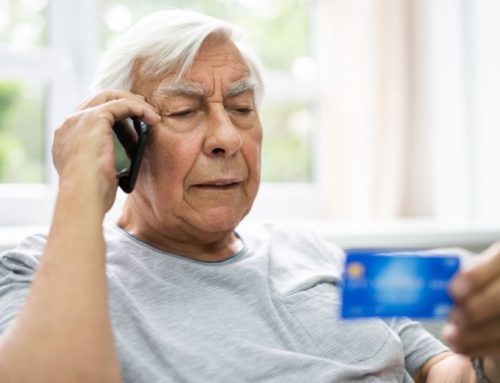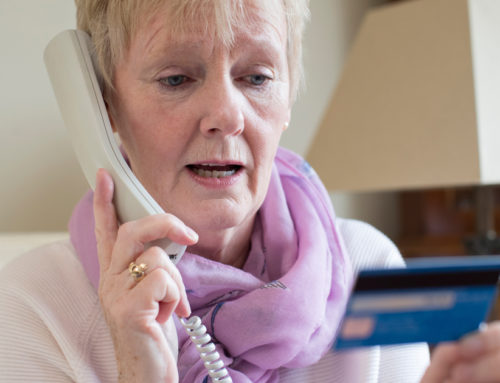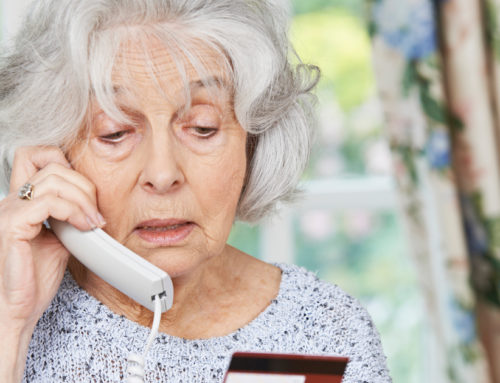Elder abuse is a prevalent problem in America. It robs seniors of their security, their dignity, and – in some cases- their lives. According to the National Council on Aging, up to five million older Americans are abused every year, and the annual loss by victims of financial abuse is estimated to be at least $36.5 billion. Yet, sadly, it’s estimated that only one in 24 cases of abuse are reported to the authorities.
Financial exploitation is just one form of elder abuse. Other types include:
- Physical abuse
- Sexual abuse
- Emotional abuse
- Confinement
- Willful deprivation
- Passive neglect
Warning Signs of Elder Abuse
Separating red flags indicating possible elder abuse from the changes in an elder’s ability to safely live independently can be difficult. For example, while burns can be a sign of physical elder abuse, they can also indicate a senior’s difficulty using a stove, oven, or iron. If you notice or suspect any of these signs of possible elder abuse, it’s vital that you do your due diligence to determine the underlying cause and rectify the situation personally or by promptly reporting it to the proper authorities.
Signs of Physical Elder Abuse
- Bruises or pressure marks
- Broken bones
- Cuts, scratches, or abrasions
- Burns
Signs of Emotional Elder Abuse
- Unexplained withdrawal from normal activities
- Sudden changes in alertness or mood
- Symptoms of anxiety or depression
- Others belittling, threaten or controlling an elder
Signs of Financial Elder Abuse
- Sudden changes in an elder’s financial situation, spending patterns, or financial need
- Missing funds or personal property
- Unusual changes in an elder’s budget, investment plan, or estate plan
- Changes to the contact information or mailing address listed on a senior’s financial accounts or government benefits
- Late payment and collection notices
Signs of Sexual Elder Abuse
- Bruising or injury to the genital area
- Difficulty walking, sitting, or toileting
- Genital, urinary, or anal infections
Signs of Elder Neglect
- Bedsores (pressure ulcers)
- Unaddressed medical needs
- Poor hygiene
- Unusual, unexplained weight loss
If you suspect that an elderly loved one is being abused, contact the authorities immediately. Points of contact may depend on the nature of the situation (i.e., whether it’s financial abuse or neglect) but commonly include adult protective services (APS) programs, police or sheriff’s offices, departments of health and human services, and long-term care ombudsman programs.
Elder Self-Neglect
In some cases, the appearance of neglect can indicate that an older person isn’t being harmed by someone else but needs assistance at home.
Some signs include:
- Failure to take essential medications or refusal to seek medical treatment
- Malnutrition
- Poor hygiene
- Not wearing suitable clothing for the weather
- Confusion
- Inability to attend to housekeeping
- Dehydration
- Struggling with or refusing to perform activities of daily living (ADLs) like bathing, dressing, eating, toileting, etc.
First In Care helps seniors in Bradenton and Manatee County maintain a sense of security and comfort in the comfort of their own homes. Our compassionate caregivers can help your loved one with personal needs such as bathing, light housekeeping, meal preparation, companionship, and much more.
Talk with a First In Care Home Care Advisor today. We’ll be happy to have a free consultation with you and learn about the specific needs of your loved one. We’ll then develop a personalized care plan to meet their needs, and our director will train your loved one’s caregiver to meet those specific needs.
With over 20 years of experience, our leadership will make sure your loved one receives care in the safest, healthiest way possible. We’ll regularly review the care plan and select the caregiver(s) most qualified to meet your senior’s needs.

